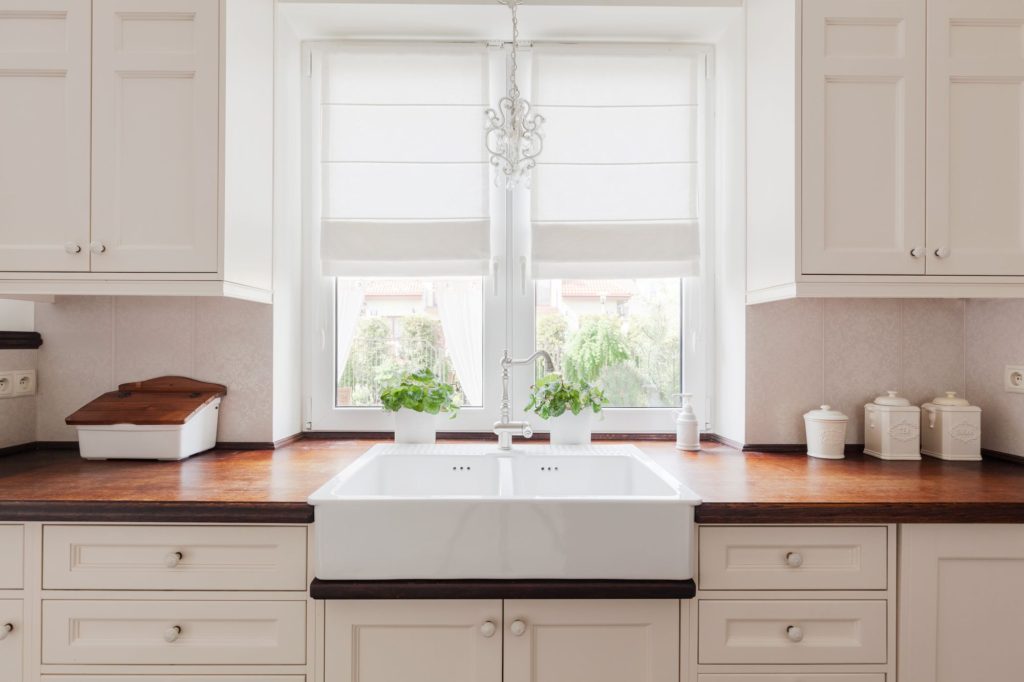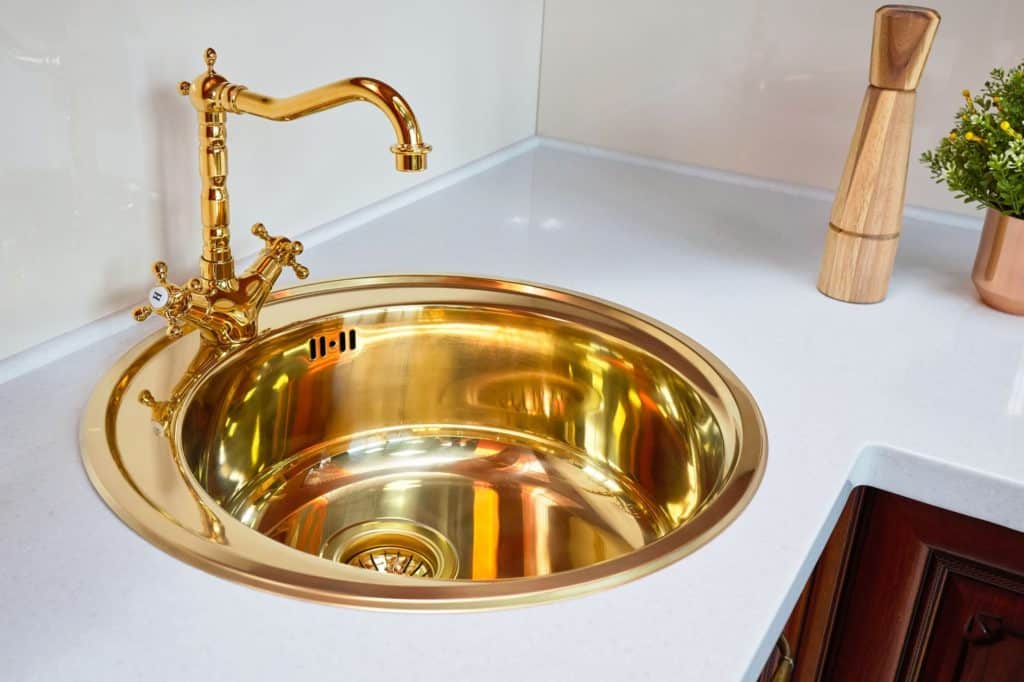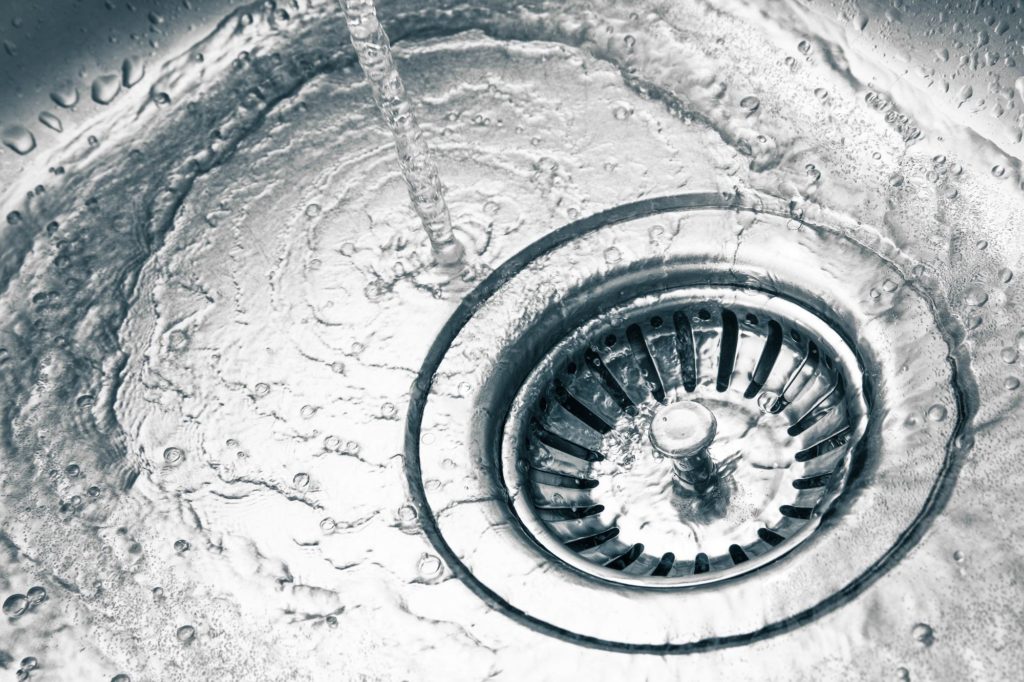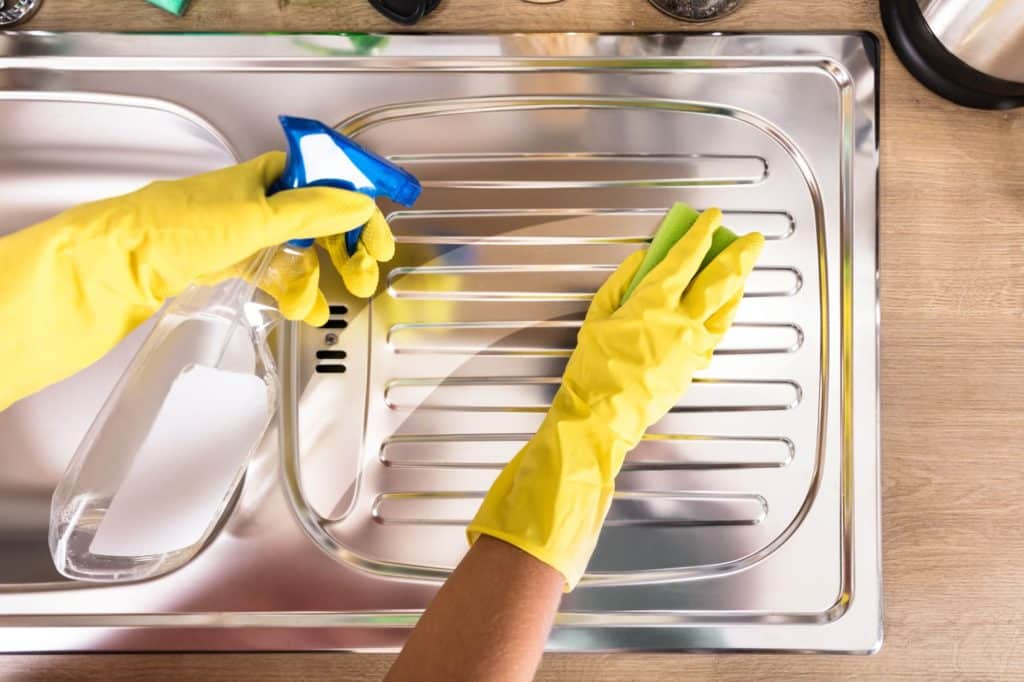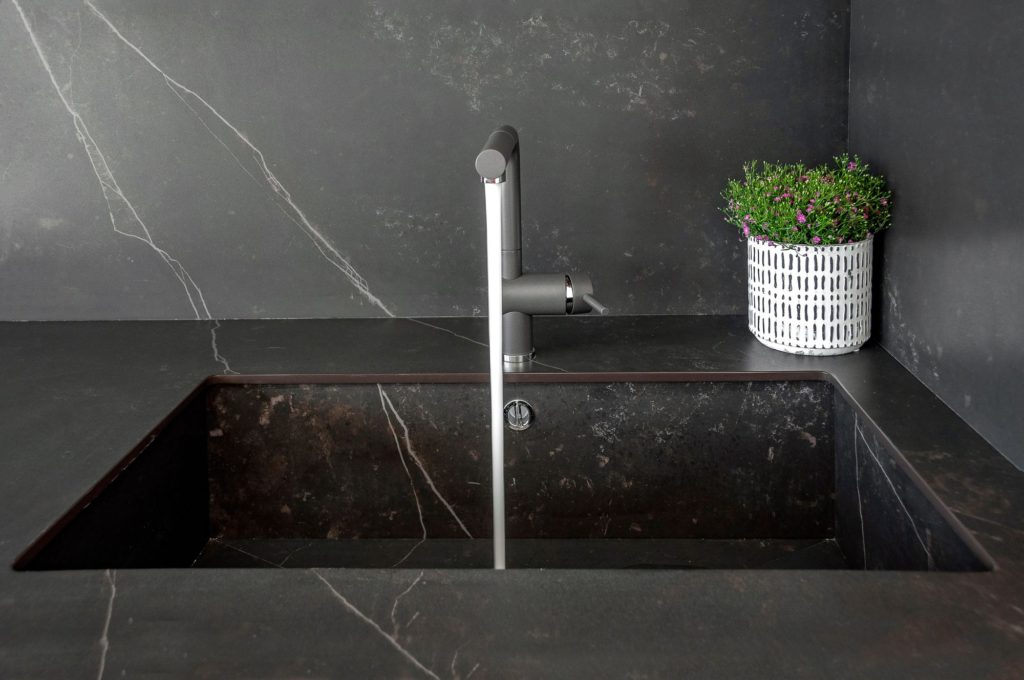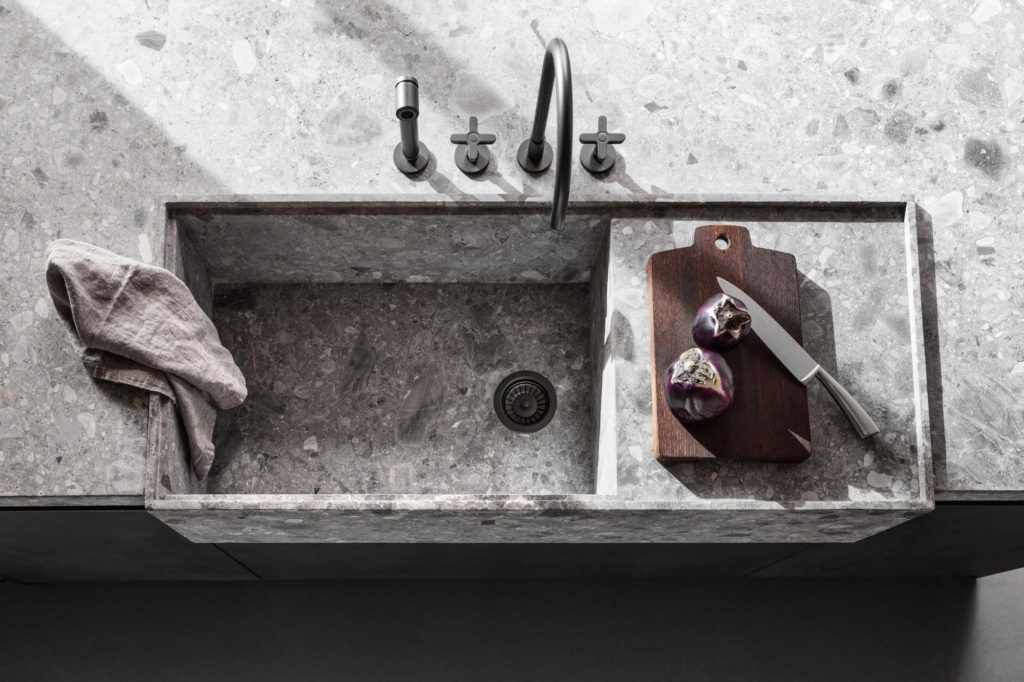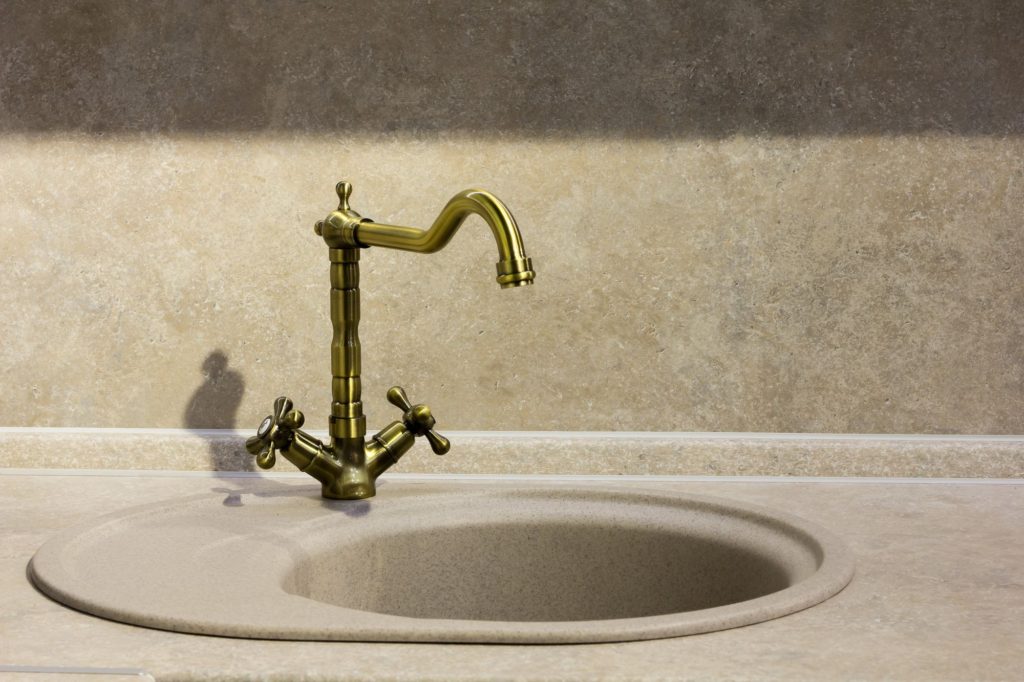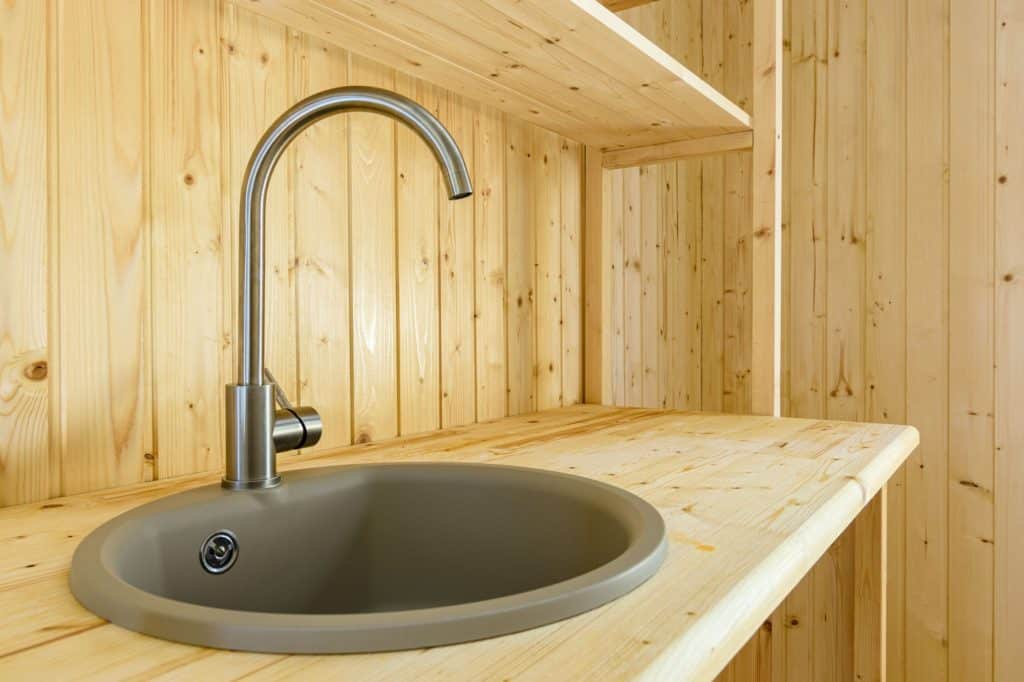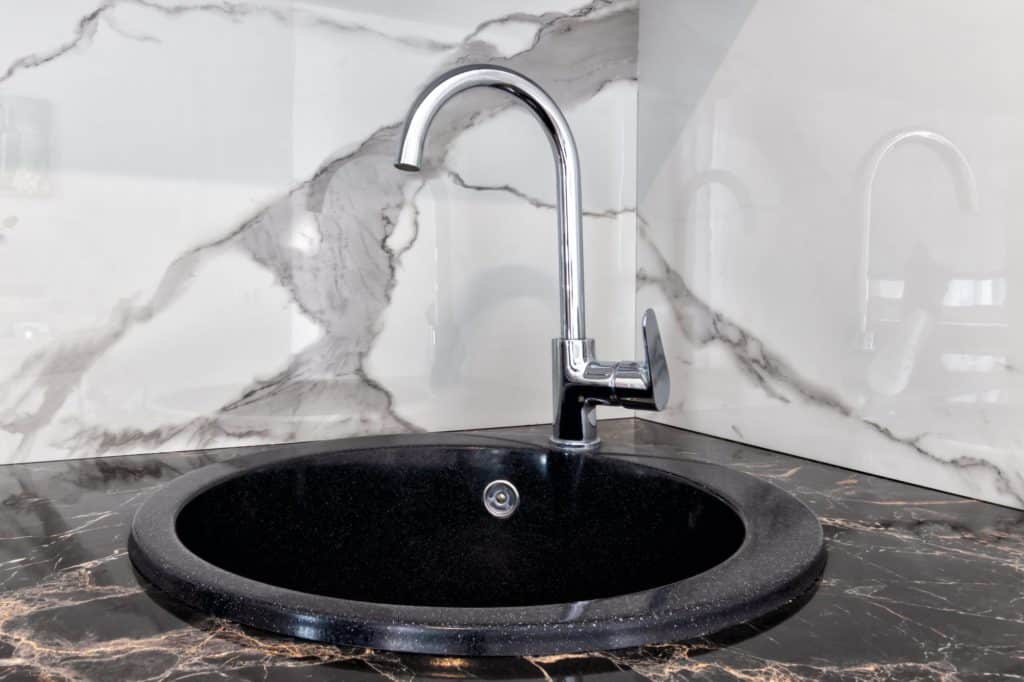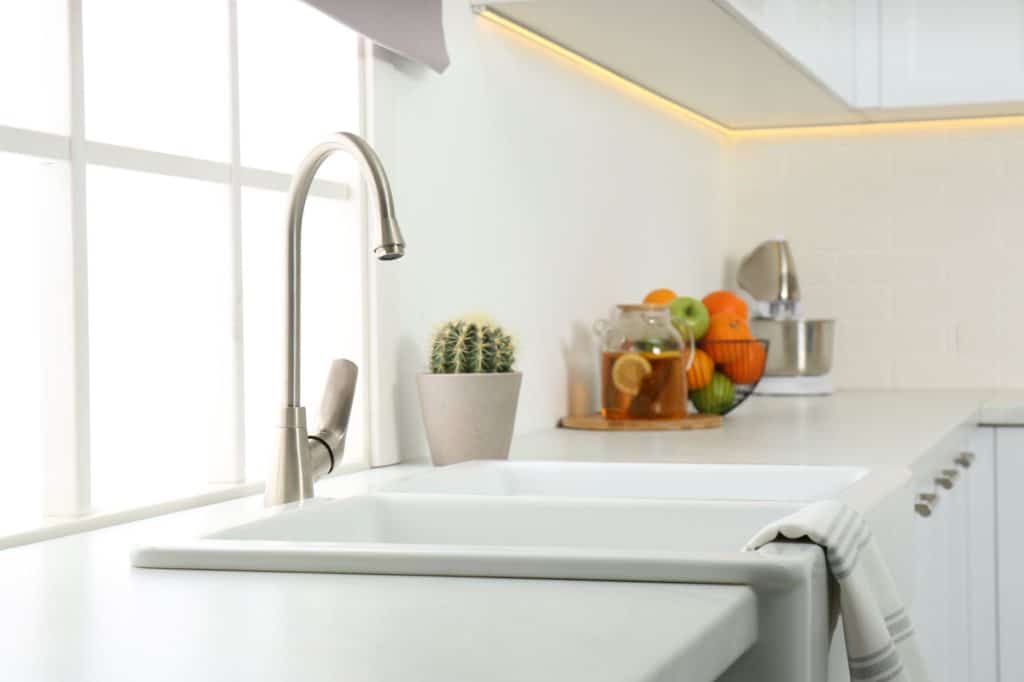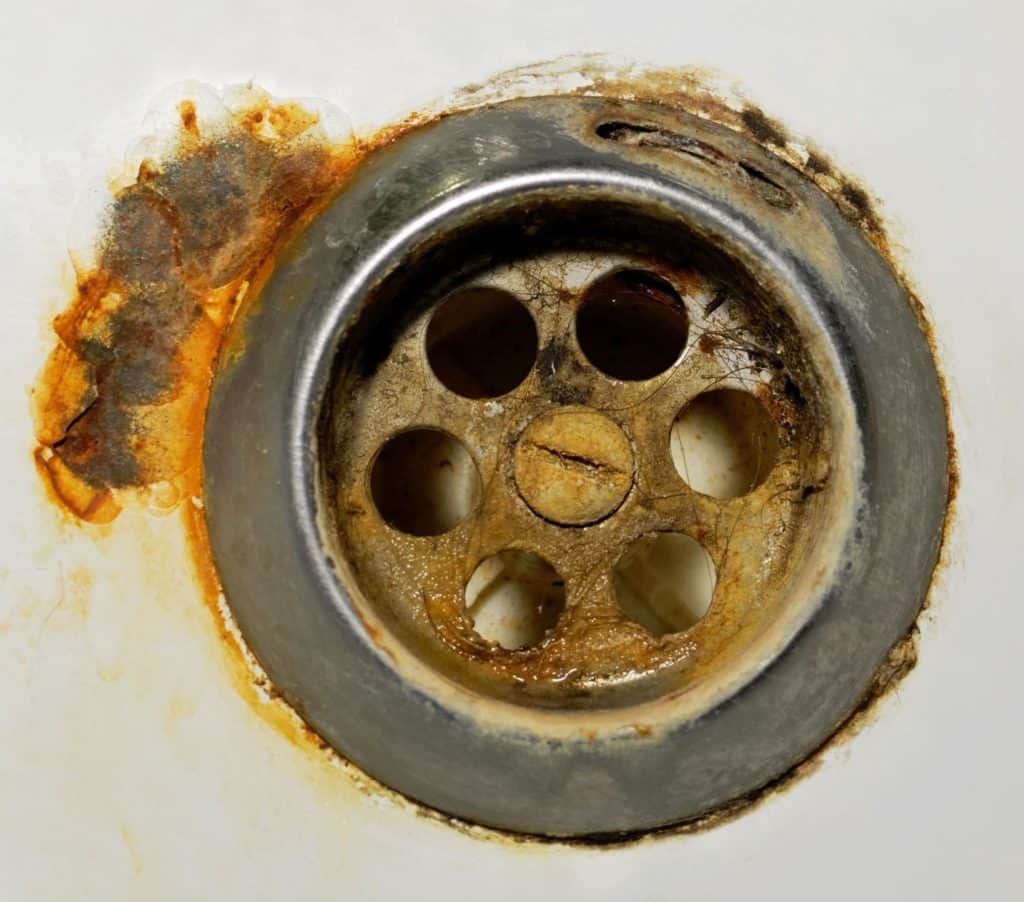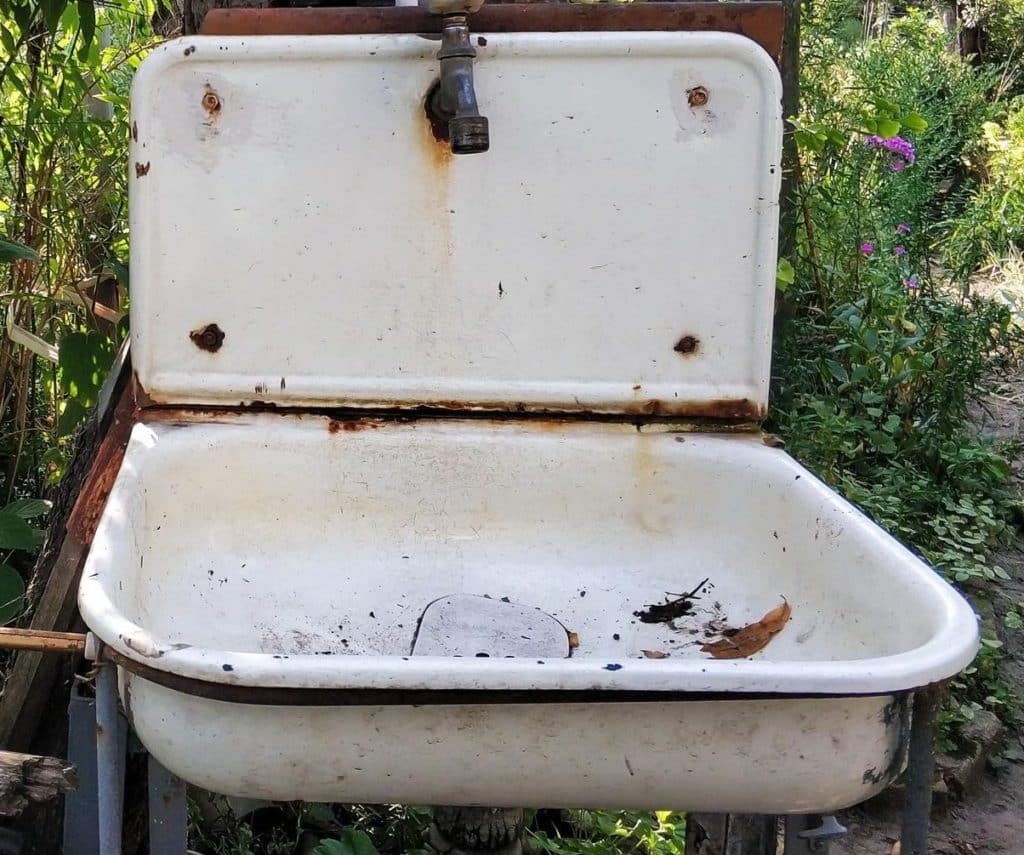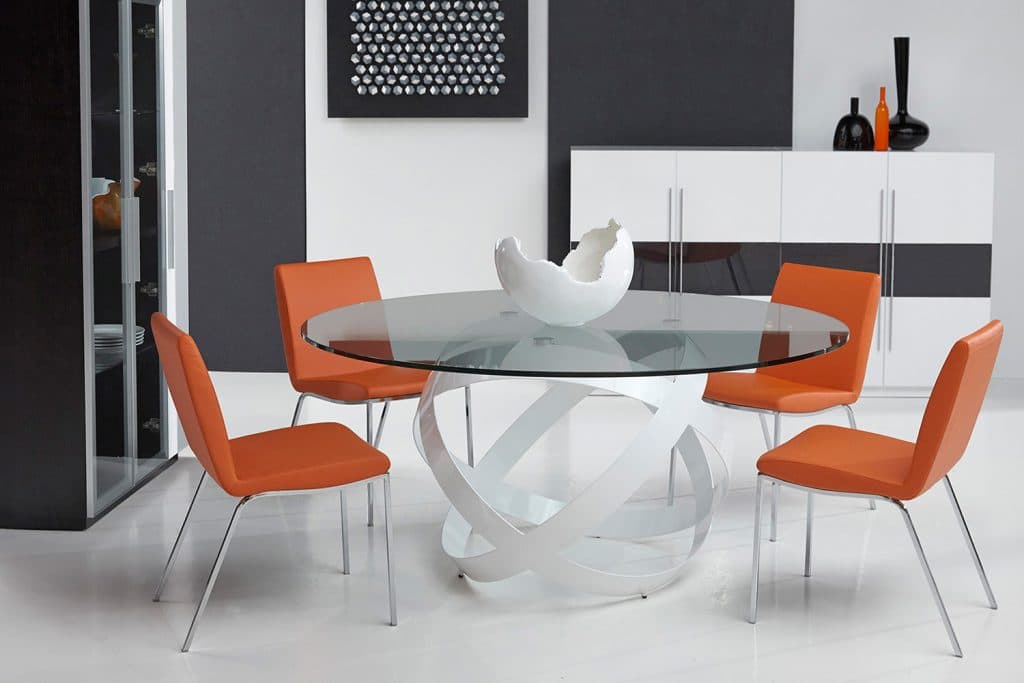The kitchen is a room in which every housewife spends a lot of time. Therefore, it is quite important to provide complete comfort and convenience. And the sink is its irreplaceable assistant in maintaining cleanliness and order. That is why it is so important to choose a material that will last a long time, fit well into the kitchen interior, and at the same time be convenient to use. It is worth considering the advantages and characteristics of each of them. The following materials are most popular in the manufacture of sinks:
Stainless steel
This material is considered one of the most common in the manufacture of shells. It is distinguished by its durability, corrosion resistance, and affordable value. Stainless steel does not deteriorate from exposure to high and low temperatures. It is quite hygienic and easy to clean. These sinks look great in combination with chrome-plated mixers and will fit well into any interior. Sinks made of stainless steel are of three types according to the type of coating: polished, matte, and textured. This material also has some disadvantages. Firstly, such a sink is quite noisy, but this problem can be solved with the help of special rubber pads. Secondly, it is prone to scratching. Thirdly, it is limited in colors. Among the colors, the most common shades are silver, brass, bronze, and gold.
Natural stone
Sinks made of natural stone are strong enough and resistant to the effects of temperatures. They are characterized by durability and the ability to retain their unique design and color. The features of such shells depend significantly on the type of stone. The most popular among them are basalt, granite, marble, and onyx. The disadvantages are mainly in the features of the care. Some rocks do not respond well to the use of abrasive products. And also this type of sink is quite an expensive pleasure.
Artificial stone
Analogue of natural stone sinks. Such sinks are also called composite. They are quite easy to care for and resistant to chemicals. Artificial stone sinks are characterized by high durability. They are resistant to different temperatures and mechanical damage. It is also worth noting that this material, unlike the others, is quite suitable for restoration. But the main difference between artificial stone sinks lies in their variety of colors and designs. This allows you to make very unusual decisions in interior design. A significant disadvantage of this material is its high price.
Ceramics
This material is less popular in the manufacture of kitchen sinks because it is quite sensitive to shock and high temperatures. Therefore, for the manufacture of sinks in the kitchen, special substances are added to the composition of ceramics that improve their properties. The most popular types of such compositions are faience, porcelain, and porcelain stoneware. These materials do not interact with cleaning agents and household chemicals. They do not create a lot of noise and are very easy to maintain and do not corrode. Some sink models are specially coated with grease and dirt-repellent coatings. These sinks have a very attractive look and are distinguished by a wide variety of shapes and colors. The disadvantages of this material are its high cost, installation complexity, and fragility.
Enamel sinks
We barely can find any legal excuse for using an enamel sink on your kitchen, unless you want to recreate an old-school interior…not a very rich interior btw. Enamel sinks are sinks that are covered with a protective layer. This layer is easily beaten off, after which the iron body begins to rust before your eyes.
Consequently, enameled and stainless steel sinks are considered the cheapest and most affordable. Higher in price are products from ceramics and the most expensive from artificial and natural stone. All materials are quite suitable for use in the interior of the kitchen, but they have both their pros and cons, which must be taken into account.
